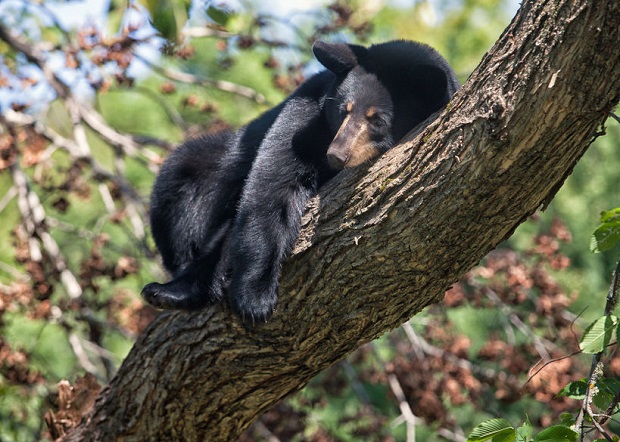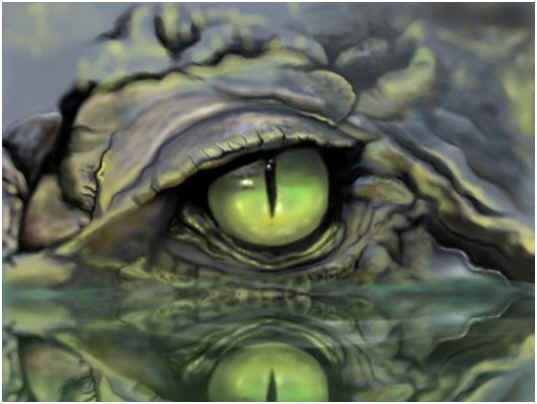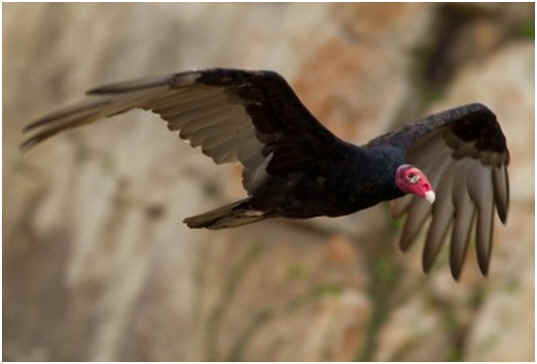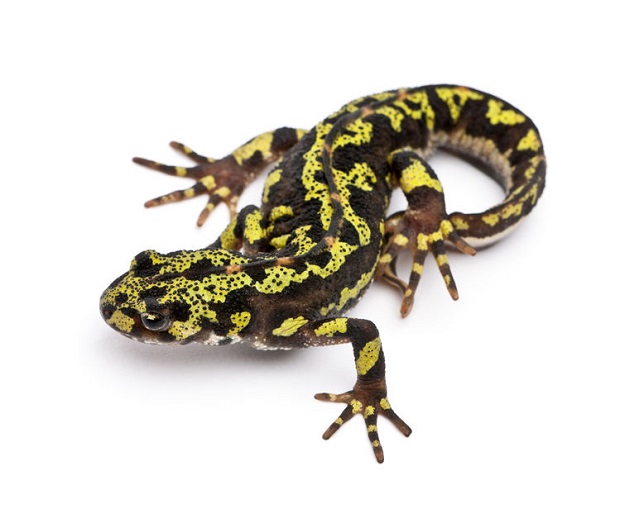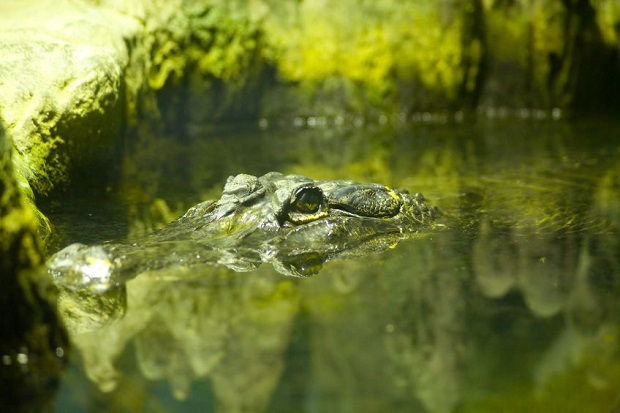
Can Alligators See?
Alligators can see, but their vision is not as strong as some of their other senses. Hearing and picking up vibrations in the water are the primary methods utilized by alligators to discover nearby threats or possible prey. To protect their eyes underwater and preserve what seeing abilities they do possess, alligators are equipped with an extra membrane over each eye. These membranes are considered a second set of eyelids.
A Hunting We Shall Go
In addition to picking up on vibrations in the water, the natural structure of an alligator’s head facilitates the reptile’s prowess in lurking and hunting. When an alligator stalks prey, it lowers its body just under the water’s surface so that only its snout and eyes, protected by the second set of lids, are visible. Since the ears are located right behind the eyes, the gator can utilize as many senses as possible above the water to capture prey efficiently without being easily spotted.
Turn Around, Bright Eyes
Beneath the rods and cones, or photoreceptor cells, in the retinas of an alligator’s eyes is a cell layer known as the tapetum lucidum, which means ‘bright carpet’ in Latin. The tapetum lucidum reflects light into the photoreceptor cells and improves the quality of an alligator’s vision in dim and dark conditions. This is similar to the effects of night vision goggles on human eyes but not perfectly so, as human retinas have dark-colored cells behind them to absorb light rather than reflect it. The reflection process that takes place in the eyes of alligators results in the ghostly eye shine often seen in the orbs of many nocturnal creatures, which is a sheen rather than a glow. The color of the “bright carpet” varies among different species and can alter depending on the angle and amount of light involved in the reflection process. In the case of an alligator, the sheen is often reported to be a bright, eerie red but can fall anywhere between “a bright, reddish-orange to an iridescent pink.”
Resources
- Savannah River Ecology Laboratory. (n.d.).
American alligator (alligator mississippiensis).
http://srelherp.uga.edu/alligators/allmis.htm - Florida Fish and Wildlife Conservation Commission. (2013).
Alligator facts.
http://myfwc.com/wildlifehabitats/managed/alligator/facts - Ilo, Hiler. (1983).
Eyeshine.
http://www.tpwd.state.tx.us/publications/nonpwdpubs/young_naturalist/
animals/eyeshine - Wildlife Journal Jr.. (2013).
American alligator: Alligator mississippiensis.
http://www.nhptv.org/wild/americanalligator.asp
